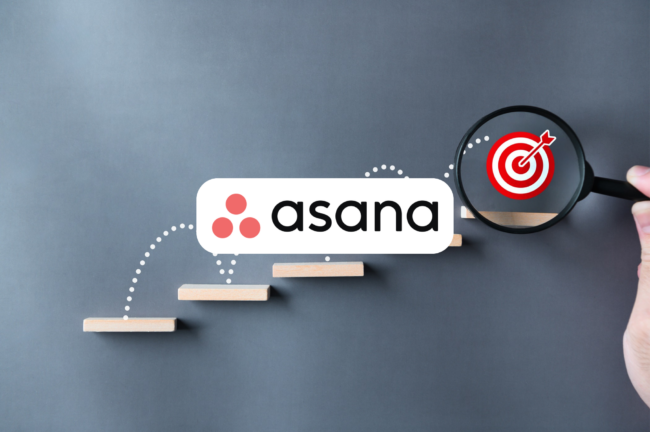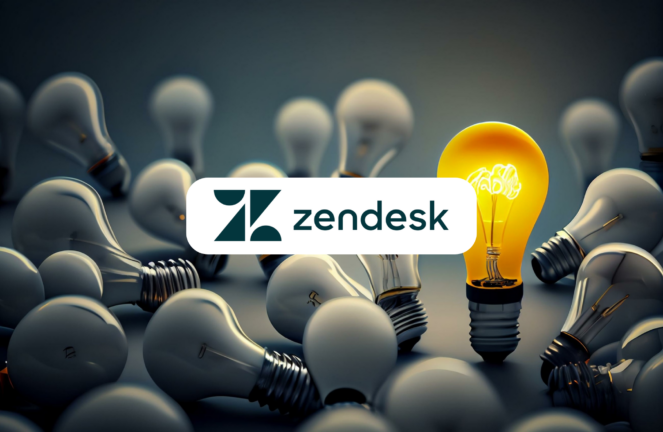As businesses increasingly integrate AI technologies, the ways they measure success vary based on their specific use cases, according to Omdia's latest AI Business Performance Metrics Database. Enterprises using generative AI (GenAI) tend to prioritize metrics like productivity, return on investment (ROI), and customer engagement more than those using traditional predictive AI.
"Recent case studies confirm that enterprises are indeed adopting GenAI and keeping a sharp eye on measuring how the technology is affecting their business outcomes. With significant investments being made in the technology, vendors and enterprises are eager to prove to customers and investors that GenAI is delivering on promised results. That may mean cases studies of GenAI failures could go unreported," said Neil Dunay, Omdia Principal Forecaster.
Since GenAI's market entry in late 2022, enough time has passed for vendors to release "customer success" studies showcasing tangible outcomes. In Omdia's updated database, GenAI-focused case studies now make up 9% of the 700 records, with 52 of the 67 new studies highlighting GenAI, providing a fresh perspective on how businesses assess the impact of both generative and predictive AI.

Productivity takes first place
When comparing the two AI types, productivity is a standout metric for generative AI, making up 17% of its case studies, almost double the 9% seen in predictive AI. Key applications boosting productivity include automated code development and virtual assistants.
ROI is also a prominent metric in GenAI studies (9% compared to 6% for predictive AI), particularly for writing assistants. Engagement is frequently noted, appearing in 22% of generative cases versus 17% for predictive, with notable uses in virtual assistants and digital experience marketing.
Meanwhile, predictive AI is often evaluated based on revenue improvement, accuracy, and cost savings.
This resource addresses questions about valued metrics, differences across industries, and methods for quantification, focusing exclusively on completed projects with specific outcome metrics.









